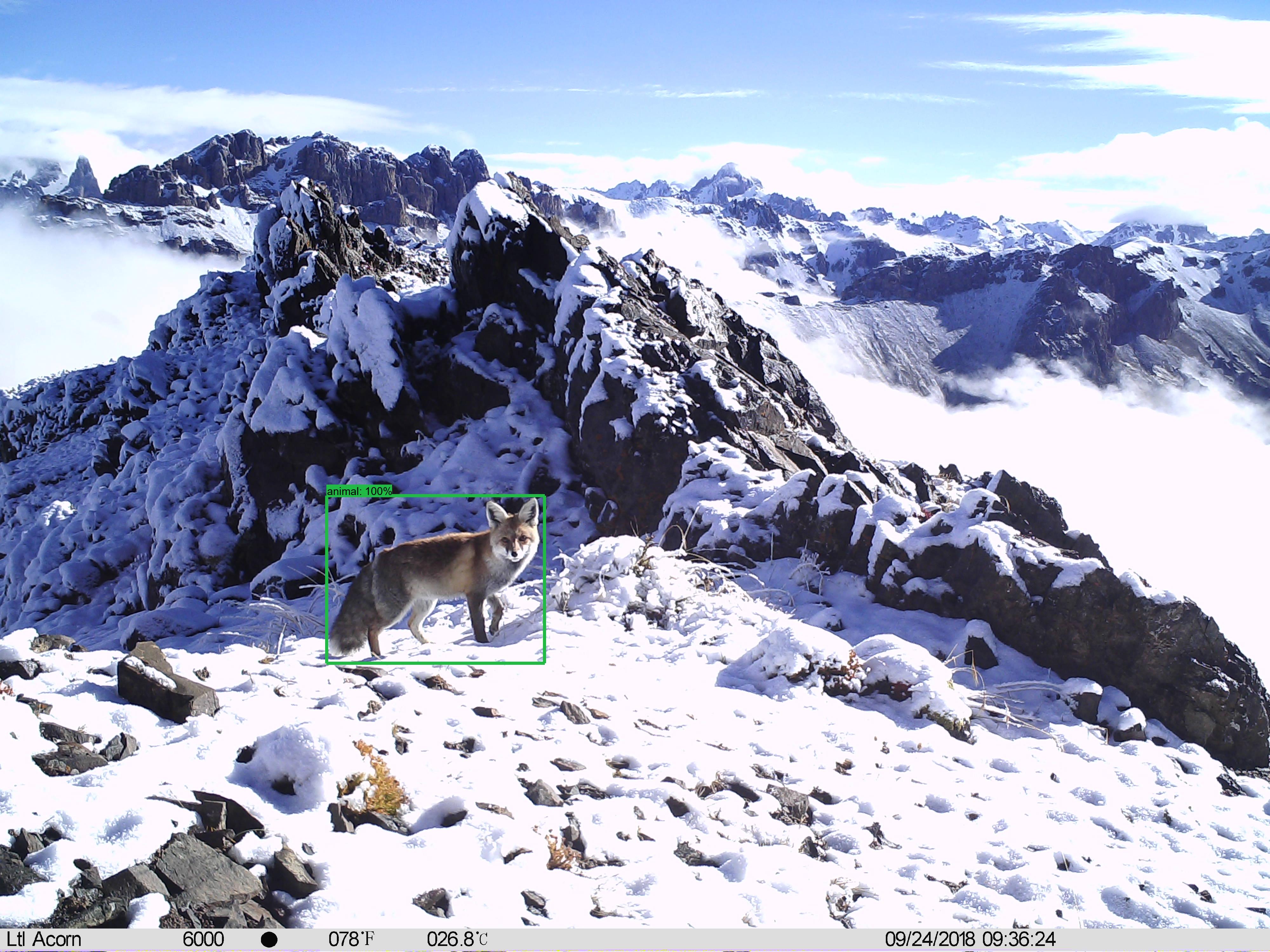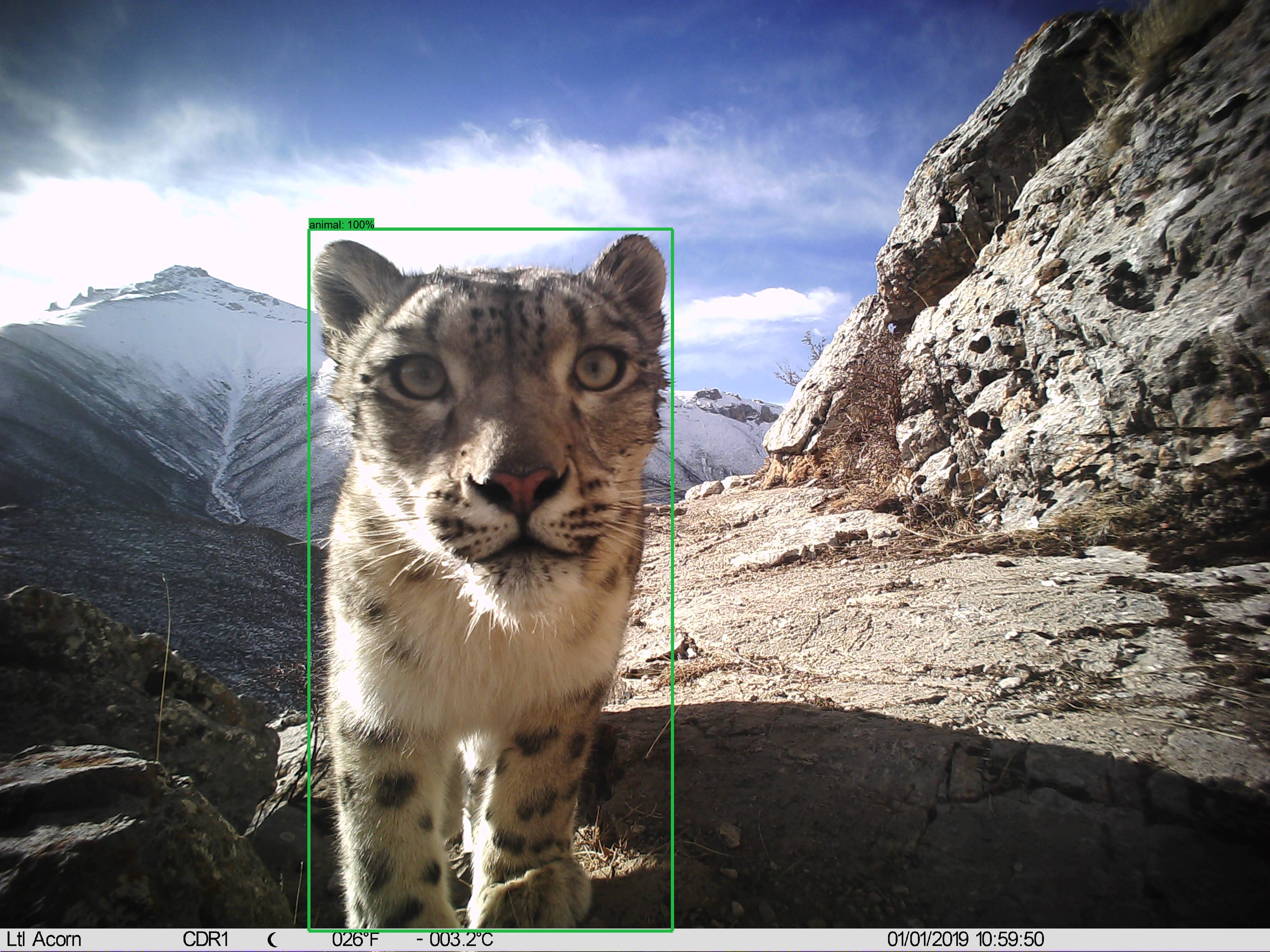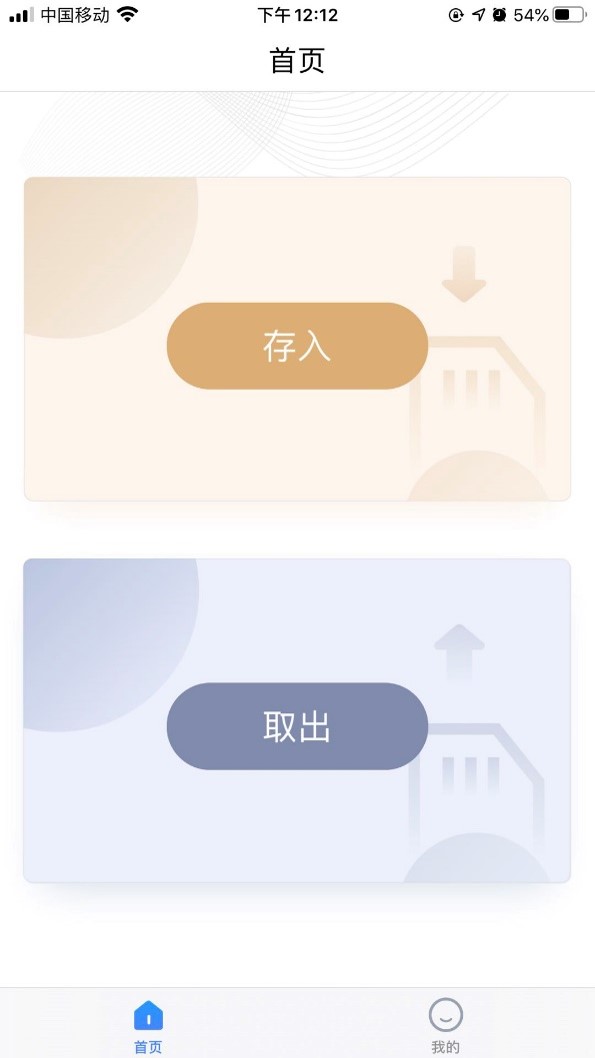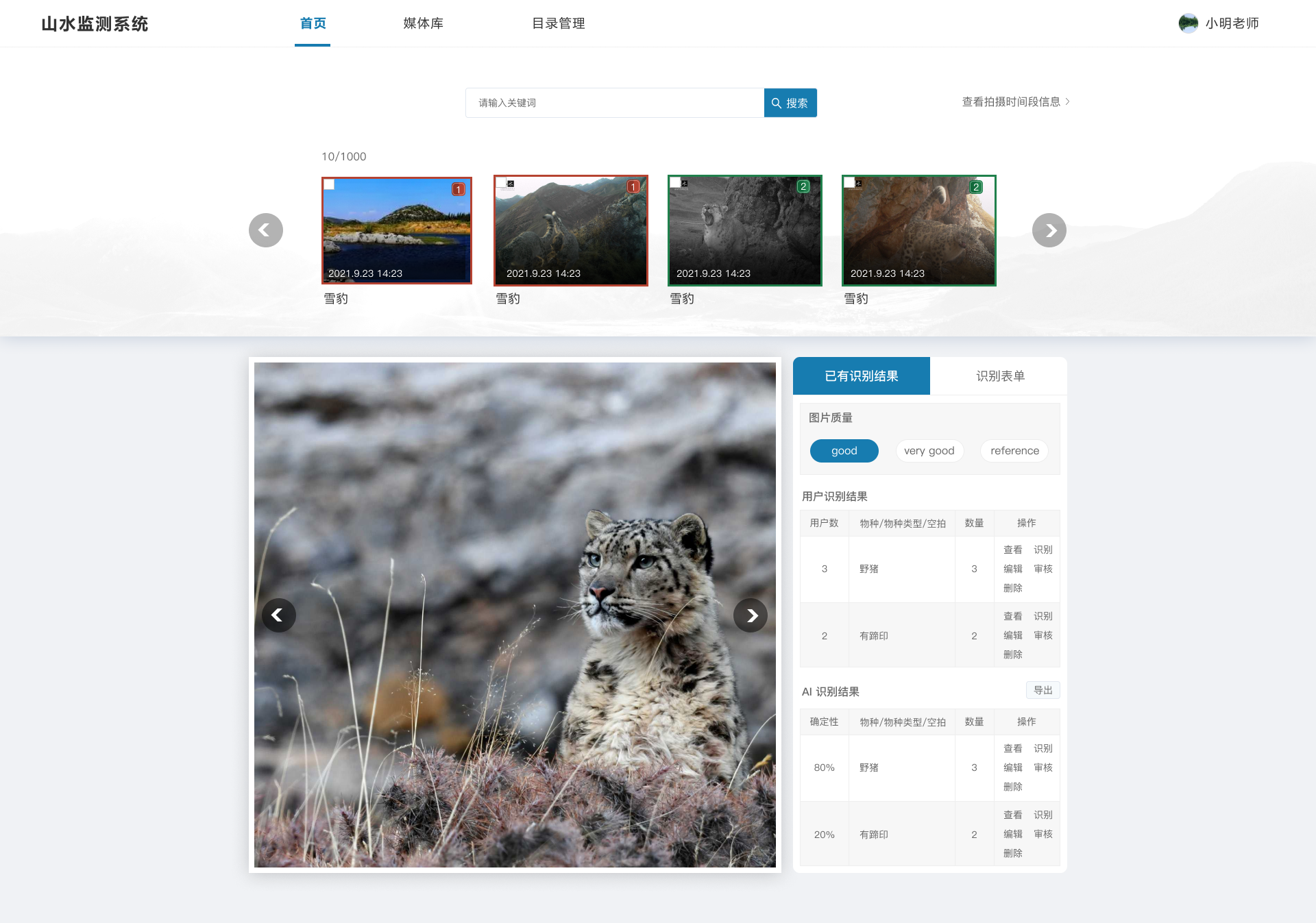Camera trap data management system
AI detected camera trap image: red fox in the Sanjiangyuan region
Shan Shui Conservation Center
AI detected camera trap image: snow leopard in the Sanjiangyuan region
Shan Shui Conservation Center
Community-based camera trap monitoring assistant app
Shan Shui Conservation Center
Camera trap data management system: species identification page
Shan Shui Conservation Center
To accelerate camera trap data workflows, an online data management system along with app-based tools and AI image recognition is being developed supported by technical partners, which consists of:
- Community-based camera trap monitoring assistant app: the app allows local monitors to automatically record the time and GPS location of camera trap setup/pickup, saving the cumbersome process of collecting data from local monitors and manual data entry. (blueprint: Jun 2019, development: Oct 2019-Feb 2020, trial and use: Mar-Oct 2020)
- AI image recognition models: AI models help detect animals and identify species in camera trap photos, which greatly reduce the number of photos that need human identification and enhance data processing efficiency.
- A series of AI models has been trained and/or tested with technical partners, including PU & PKU ResNet18 model (2018), MegaDetector (test only, 2020), MindSpore YOLOv3 model (2021).
- Online data management platform: camera trap information collected via the app along with photos are upload to a structured cloud database. The data management platform not only supports species identification via AI and human, but also enables global data search and statistics reports. (blueprint: Apr-Aug 2021, development: Sept 2021-Jun 2022, trial and use: Jul 2022)
- A systematic review of the current camera trap data workflow and translating into technical system development needs
- Open-source and good-performing camera trap image AI recognition models
- Cloud resources for AI computing, data storage, etc.
- Rounds of trial use and feedback to fix bugs and improve the usability of the system
- Rome was not built in a day. Due to time and resource constraints, we have to divide the system into different modules and develop modules step by step. We believe that each module itself can enhance one or more steps in our workflow and have benefited from modules before they are incorporated into the full system. Yet it is important to have a big-picture perspective in the beginning and make long-term plans for the final system integration.
- A system cannot be perfect from the start. When the app first came out and put into use in one community, it did not work as we expected and local monitors reported various types of bugs. We collected and analyzed the feedbacks to improve the UI-design and functionality of the app.




